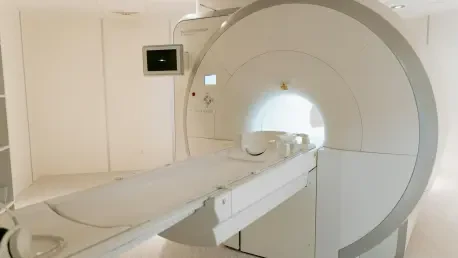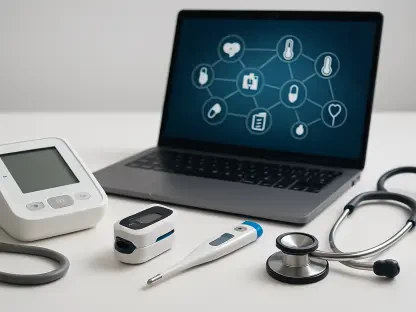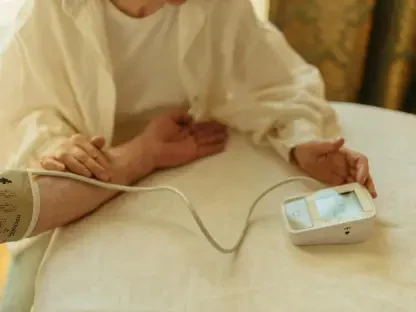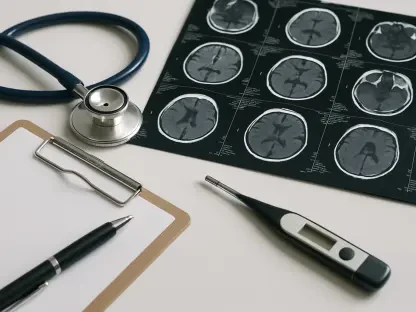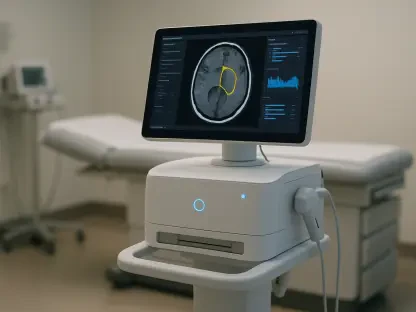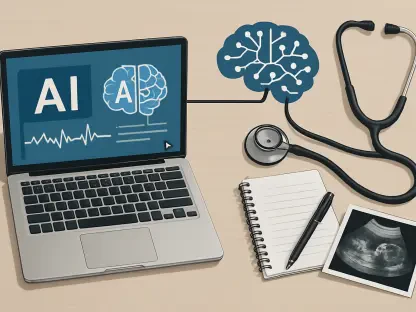Magnetic Resonance Imaging (MRI) has long been a powerful diagnostic tool in modern medicine, offering non-invasive insights into the human body. However, its use is not without risk, as evidenced by a tragic incident that occurred in 2001 involving a young boy named Michael Colombini. This heartbreaking story underscores the importance of strict adherence to safety protocols in MRI environments to prevent similar tragedies from occurring. The incident not only left a family devastated but also led to heightened awareness about MRI-related risks and the need for enhanced safety measures in medical facilities.
The Tragic Incident and Its Consequences
Michael Colombini, a six-year-old boy, was undergoing a routine MRI scan at Westchester Medical Center in New York aimed at monitoring his recovery from brain tumor surgery. Unfortunately, during the procedure, Michael’s oxygen levels began to drop, triggering an emergency response from the medical staff. In an attempt to stabilize Michael, a portable steel oxygen tank was brought into the MRI room. The powerful magnet of the machine instantaneously attracted the metal tank, wrenching it from the anesthesiologist’s grasp and sending it hurtling through the air. The tank struck Michael forcefully on the head, causing severe trauma.
Despite immediate medical intervention, the severity of Michael’s injuries was overwhelming. He succumbed to his injuries two days later, leaving his family and the medical community in deep sorrow. This incident wasn’t isolated, as it followed another MRI-related fatality in which a man was pulled into a machine because of a metal necklace. The investigations confirmed the dangers posed by the intense magnetic field generated by MRI machines, emphasizing the immense risks when safety protocols are not diligently followed. Such incidents have reinforced the urgent need for rigorous safety measures and awareness among medical professionals and patients alike.
The Impact and Broader Implications
The untimely death of Michael Colombini ignited discussions across the medical community regarding the hazards associated with MRI procedures and the critical nature of safety protocols. In 2009, Michael’s family reached a settlement with Westchester County Health Care for $2.9 million, agreeing to refrain from publicly discussing the accident. Though financial closure was reached, the emotional loss was immeasurable. Medical center officials conveyed deep sorrow, acknowledging the event as a horrific accident, and emphasized the necessity for stricter safety adherence in clinical practices involving MRIs.
Michael’s story garnered significant attention and response from the public, with over 500 people attending his funeral. The community’s outpouring of support highlighted the shared grief and compassion for the Colombini family, who expressed gratitude while seeking privacy to mourn. This tragedy served as a pivotal reminder of the inherent risks in MRI procedures when safety is compromised and stresses the urgent need for comprehensive education and protocols to safeguard against such preventable disasters. Raising awareness about these safety issues is critical in ensuring that technology continues to benefit patients without unintended harm.
Lessons Learned and Future Considerations
Magnetic Resonance Imaging (MRI) stands as a cutting-edge diagnostic method, granting medical professionals the ability to examine the complexities of the human body without invasive procedures. Despite its technological prowess, MRI isn’t free of dangers. A poignant example is the tragedy of Michael Colombini in 2001, which starkly revealed the inherent risks associated with MRI environments. This unfortunate event not only left a family struggling with loss but also highlighted the paramount importance of stringent safety measures within medical facilities. As MRI use becomes ubiquitous, the necessity to adhere steadfastly to safety protocols to safeguard patients and staff has gained momentum. This incident stirred a significant shift towards prioritizing safety, pressing medical establishments to evaluate and reinforce their safety standards rigorously. It serves as a solemn reminder that while MRI provides invaluable insights, responsible usage and constant vigilance should be at the forefront to avert possible calamities.
